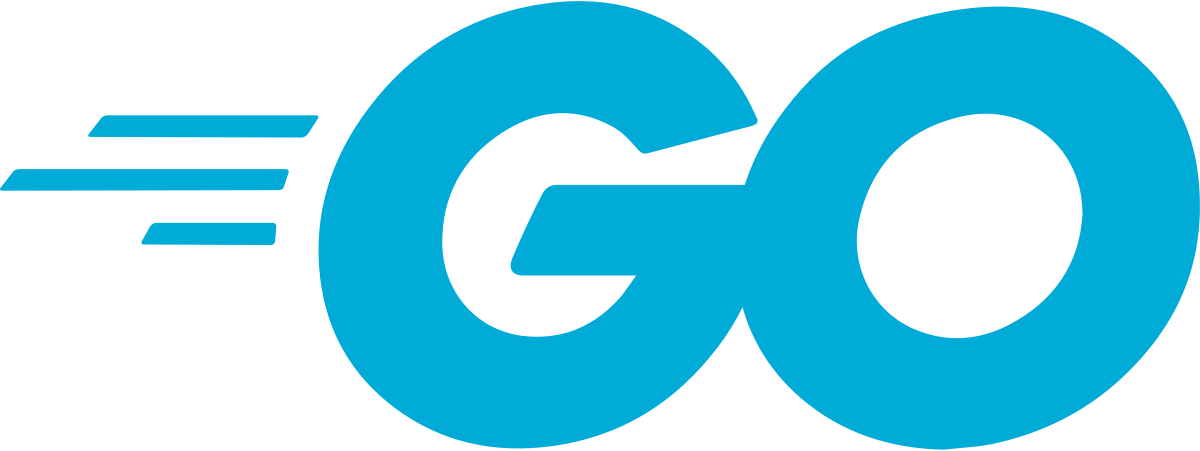
The left operands value is shifted to the right by the number of bits specified by the right operand. This is the greater than or equal to operator that will be used to check if one operand is higher than or equal to the other operand. This is the greater than operator that will be used to check if one operand is higher than the other operand. This is the inequality operator that will be used to confirm that two values are not equal. This is the equality operator that will be used to find if two values are equal. Relational Operators: Below table lists the relational operators supported in GO. It is used to reduce the integer value by one. It is used to increase the integer value by one. It is used to find the integer remainder of two operands. It yields a quotient that will be of type integer. This operator performs the integer division of two operands. This operator finds the product of two operands by multiplying them. It subtracts the second from the first operand. This operator finds the difference between the two operands. This operator performs the sum of two operands by adding them. GO provides the below built-in rich set of operators.Īrithmetic Operators: Below table lists the arithmetic operators supported in GO. 9223372036854775808 to 9223372036854775807Ĭomplex numbers with float32 real and imaginary partsĬomplex numbers with float64 real and imaginary partsĪn unsigned integer large enough to store the uninterpreted bits of a pointer valueĪn operator is a programming construct to instruct the computer to process the variables/operands to achieve the desired goal like adding two numbers, evaluating an expression and comparing it to true or false etc. Used to store Boolean values – true or false Go provides the following categories of primitive data types.īelow table lists the purpose of each data type and the range of value that can be stored in them.
#Goland tutorial how to
Based, on the data type of variable, the compiler decides how much memory space to allocate and how to interpret the binary content of the value stored in the variable. The data type is a classification that specifies the kind of value a variable holds. This section covers the built-in data types supported in Go. The compiler infers the type based on the value assigned. In this type of declaration, the variable type is not specified in the variable definition. In this type of declaration, the variable type is explicitly specified as part of the variable definition. Shown below is the syntax to assign an initial value to the variable Note: data_type is not mandatory as GO compiler infers it based on the value assigned to the variable.īelow are some examples of valid definitions Var comma_separated_list_of_variable_names data_type Below is the general syntax of variable declaration. The type can be either GO built-in types or user-defined type. In GO, the variable definition means to mention the name of one or more variables and the type of those variables. Variable Definition, Declaration and Initialization It is case-sensitive i.e., uppercase and lowercase letters are treated differently.It must start with an alphabet or an underscore.It can consist of alphanumeric and underscore.Implicitly – Leveraging compiler’s feature to infer the type based on the value assigned to the variable.īelow are the rules to be followed to construct valid variable names.Explicitly – by mentioning the type in the variable declaration.The type can be in one of the following ways: The type cannot be changed once assigned. Go being a statically typed language, every variable must be assigned a type (more details on type in next section). Variable is used to store data in memory in Go. Import statements facilitate to use of external code. Hence, the package name should be defined.


So what does make do here.Go programs are organized as packages. On your machine it might give a different address as output. To define the channel we can use the inbuilt function make. This only declares a channel which can hold data of type and it creates a nil channel as default value of a channel is nil.

Below is the format for declaring a channel var chan Go uses special keyword chan while declaring a channel.


 0 kommentar(er)
0 kommentar(er)
